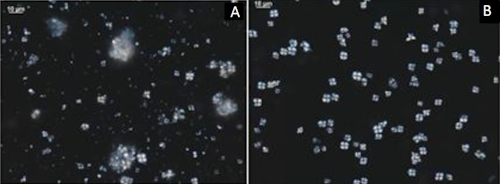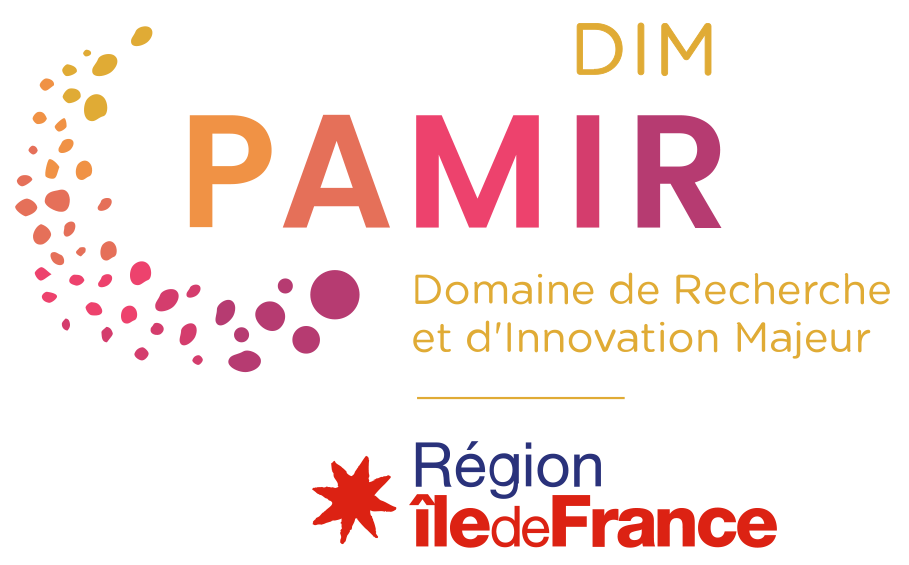
MICROPLAN
High magnification optical microscopy for the study of fossil plankton
Scientific responsibility :
- Maxime Tremblin
- Claire Rollion-Bard
Methodological axes :
Thematic fields :
Disciplinary sectors :
Partnership :
Funding :
- DIM PAMIR
- LSCE
Project ID : IDF-DIM-PAMIR-2024-1-006
Summary :
Marine sediments make it possible to reconstruct the history of past environments and climates. These reconstructions are based on geochemical and/or statistical analyses of some biogenic constituents of these sediments. Among these biogenic carbonates, coccoliths (generally less than 10 μm) comprise many of the oceanic sedimentary archives. The development of different particle size separation protocols makes it possible to isolate fractions purified into coccoliths and to carry out geochemical analyses targeted at these particles. However, significant vital effects can affect biogenic carbonates, particularly coccoliths, which complicate the interpretation of geochemical results from these particles. Therefore, the reconstruction of climatic parameters from fractions purified into coccoliths first requires controlling/quantifying the composition of the different separated fractions and studying their assemblages.
In this project, we propose to acquire a high-magnification optical microscope. This equipment represents an essential tool for the study of ancient paleoclimates but is not available at LSCE. This microscope will make it possible to easily control the assembly of the different fractions obtained after applying the new particle size separation protocol recently implemented at LSCE. These observations will make it possible to refine the interpretation of the geochemical data obtained while allowing the evaluation of the composition of ocean sediments to quantify pelagic carbonate production precisely. This new equipment will also make it possible to carry out various key biometric analyses in the study of nannoplankton. The installation of this equipment at LSCE will also benefit the various research projects associated with the “archives and proxies” theme, which require the observation of micrometric objects or particles.
In this project, we propose to acquire a high-magnification optical microscope. This equipment represents an essential tool for the study of ancient paleoclimates but is not available at LSCE. This microscope will make it possible to easily control the assembly of the different fractions obtained after applying the new particle size separation protocol recently implemented at LSCE. These observations will make it possible to refine the interpretation of the geochemical data obtained while allowing the evaluation of the composition of ocean sediments to quantify pelagic carbonate production precisely. This new equipment will also make it possible to carry out various key biometric analyses in the study of nannoplankton. The installation of this equipment at LSCE will also benefit the various research projects associated with the “archives and proxies” theme, which require the observation of micrometric objects or particles.

